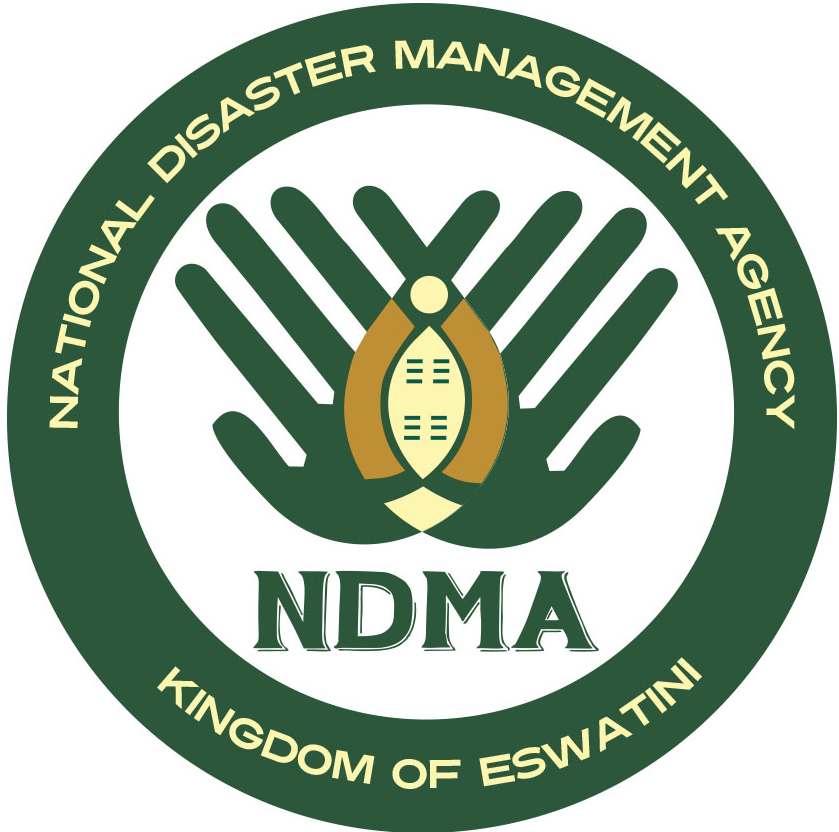Eswatini Early Warning Advisory Bulletin.
The country generally experienced normal to above-normal rainfall
conditions during the 2020/21 rainfall season as indicated in the graphs below.
The current 2021/22 rainfall outlook promise that the country will receive normal to above-normal rainfall during throughout the rainfall season, i.e. October 2021 – March 2022.
The user community that participated in the virtual SARCOF-25 discussed and formulated the mitigation measures for Water resources and Energy, Agriculture and Food Security, Livestock, Disaster risk management, and health.
For agriculture sectors, 2021/22 rainfall outlook presents relatively a good season, which requires maximizing the use of the potential adequate water resources for agricultural production, particularly that whole country fall under the normal to above normal rainfall throughout the forecast period aligned with the forecast neutral La Niña conditions. Crop diversification and disease tolerant crops; early maturing crops, as well as high yielding varieties; timely availability of agricultural inputs to farmers; employment of water conservation and investment in water harvesting techniques for improved accessibility and availability; and adoption of staggered planting dates for various crops; availability of agricultural inputs such as seeds and fertilizers to farmers on time, highly recommended. This ensures that farmers take full advantage of the forecast conditions.
Most of the dams in the country have high chance of receiving more water during, during this season and all dam safety measures need to be revised.
For Disaster Risk Reduction (DRR) sector, the forecast presents potential of floods incidence, which in worst case scenarios may result in loss of lives, displacement of populations, destruction of properties and infrastructure; and interrupt access to basic social services such as schools, health facilities and markets. Affected areas may also face outbreaks of water and vector borne diseases.
In order for end-users to be able to take full advantage of the forecast normal rains to above normal conditions, all suppliers and agencies involved in the production and distribution of inputs such as seeds and fertilizer need to ensure that these become available to farmers on time.
The key recommendation is that planning for extreme events is an essential way forward for the country to mitigate and adapt to the threats of the adverse effects of climate variability and climate change.

This report provides guidance on the way forward, rather than a detailed plan of actions for Member States (MS) on the use of the Twenty-fifth Southern African Regional Climate Outlook Forum (SARCOF-25) Statement, issued in Gaborone, Botswana 30-31 August 2021; for the consensus outlook of October to December 2021 and January to March 2022 consecutive rainfall seasons.
The Twenty-fifth Annual Southern Africa Climate Outlook Forum was hosted virtually by SADC Secretariat through the CLIMATE CERVICES CENTER, the European Union through the ClimSA Intra-ACP project.
The climate scientists took into account oceanic and atmospheric factors that influence our climate over SADC region to generate the outlook for 2019/20 rainy season. In particular the El Niño-Southern Oscillation (ENSO) is foreseen to be neutral throughout the season.
The climate scientists took into account oceanic and atmospheric factors that influence the climate over the SADC region to generate the outlook for 2021/22 rainy season. In particular the El Niño-Southern Oscillation (ENSO) is foreseen to be neutral throughout the season.
The user community that participated at SARCOF-25 discussed and formulated the mitigation measures for water resources and energy, agriculture and food security, livestock, disaster risk management, and social conflict, among many other sectors. They analysed the potential implications of the consensus climate outlook, and developed mitigation measures for their respective areas of interest.
The key recommendation is that planning for extreme events is an essential way forward for all SADC Member States in anticipation of normal rainfall performance with a bias toward above-normal rainfall conditions for this 2021/22 season
I. Performance of the October to December 2020 and January to March 2021 rainfall season
The SARCOF-24 generally predicted normal to above normal rainfall conditions, in alignment with the negative phase of Enso (La niña), associated with the wet conditions in the region.
The bulk of SADC region received precipitation above normal rainfall during the previous rainfall season, but not the south-western fringes (west of Namibia and Western Cape).
Figure 1 Rainfall for Oct. 2020 – Dec. 20 as a percent of long term average
Eswatini received below normal rainfall during the first few months of the season, fig below;
The rainfall improved from mid-season into the last quarter with most of the country receiving normal to above normal rains.
Other News
NDMA DELIVERS ESSENTIALS TO 40 GAME 5 FLOOD VICTIMS
BIG-BEND – Joy and relief was written on the faces of 40 Cyclone Eloise flood victims when they saw an NDMA truck pull into their residential area Game Five last week Thursday. The truck was filled with lots of ‘goodies’, that is to say household essentials such as mattresses, daily hygiene items like soap and toothpaste, toiletries for women, 25 litre jerry cans, baby diapers, toys and even blankets. The items were so many that no one person could carry it all, especially because on the same day the UNFPA had also partnered with NDMA to donate diapers and 20 litre buckets full of essentials for mothers with small babies.
Just two months ago, all was doom and gloom for the Game Five residents after Usuthu River flooded their homes and destroyed their household belongings. The flood was a result of a storm fueled by the tropical cyclone which came from the Indian Ocean through Mozambique. The disaster struck at night when most residents had just gone to bed. It was so sudden that they could only save their lives than anything else. The National Disaster Management Agency (NDMA) evacuated the affected residents and placed them at Mahlabaneni Primary School as temporary shelter. The agency also provided food aid among other things.


